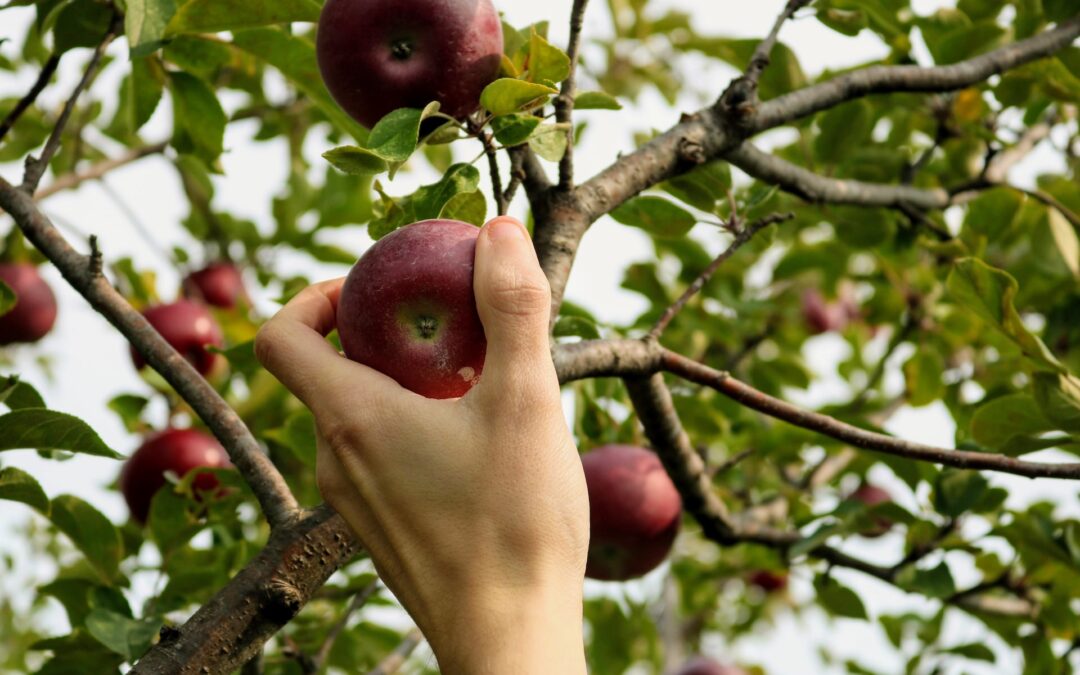Embracing the Orchard Life
For many people, the thought of growing their own fruit trees can seem like a daunting task. However, with the right knowledge and a bit of patience, anyone can cultivate their own personal orchard. In this article, we’ll explore the benefits, types of fruit trees, and essential tips to ensure your fruit trees thrive.
The Bounty of Benefits
Growing your own fruit trees offers a multitude of benefits aside from just providing delicious, fresh produce:
- Environmentally friendly: Homegrown fruit reduces the need for commercially grown produce, which often involves pesticides and transportation emissions.
- Cost-effective: Rather than spending money on store-bought fruit, you can grow your own for a fraction of the price.
- Improved health: Consuming homegrown fruit ensures that you’re getting the freshest and most nutrient-dense produce available.
- Aesthetic appeal: Fruit trees add beauty and charm to your garden or backyard.
Choosing Your Fruit Trees
There’s a wide variety of fruit trees to choose from, each with its own unique characteristics. Here are a few popular options:
– Apple trees: Versatile and easy to grow, apple trees are perfect for beginners. They come in various sizes and can be pruned to fit smaller spaces.
– Peach trees: Known for their stunning flowers and sweet fruit, peach trees require a bit more care but are well worth the effort.
– Cherry trees: These trees produce beautiful blossoms in the spring and delicious fruit in the summer. They can be grown as either standard-sized or dwarf varieties.
– Citrus trees: Suitable for warmer climates, citrus trees like oranges, lemons, and limes can be grown in large pots or directly in the ground.
Essential Tips for a Thriving Orchard
To ensure your fruit trees flourish, follow these fundamental tips:
- Choose the right location: Fruit trees need plenty of sunlight and well-draining soil. Avoid areas that are prone to flooding or have heavy clay soil.
- Plant at the correct time: The best time to plant fruit trees is in late winter or early spring when they are still dormant.
- Space your trees appropriately: Be sure to follow the recommended spacing guidelines for your chosen fruit trees to ensure they have enough room to grow and avoid competition for nutrients.
- Water wisely: While fruit trees need ample water, overwatering can be detrimental. Water deeply but less frequently to encourage deep root growth.
- Prune for success: Regular pruning helps maintain your tree’s shape, encourages fruit production, and keeps the tree healthy by removing dead or diseased branches.
Reaping the Fruity Rewards
With some patience and dedication, you’ll soon be enjoying the sweet rewards of growing your own fruit trees. Not only will you be providing your household with fresh, nutritious produce, but you’ll also be contributing to a healthier environment and adding a touch of natural beauty to your outdoor space. So go ahead, embrace the orchard life and start growing your own fruit trees today!






